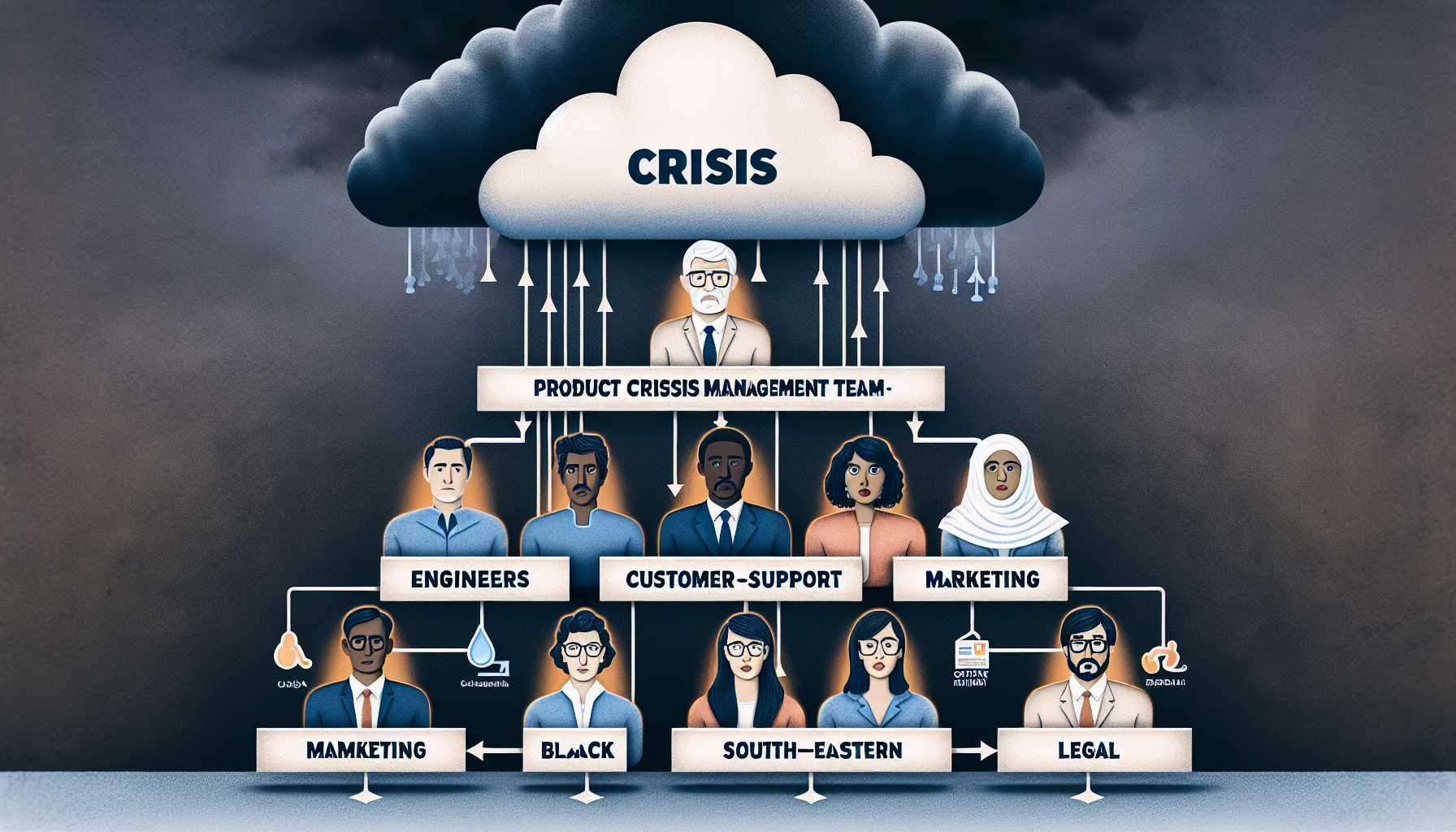Navigating a Product Crisis
In this tumultuous sea of technological innovation and market disruption, even the most well-crafted products can find themselves in the midst of a crisis. As a seasoned product manager, I’ve experienced my share of setbacks, from minor glitches to major malfunctions. Today, I’ll share the strategy that has guided me through these storms, one that has been honed over years of facing challenges head-on.
Recognizing a Crisis
The first step in managing any crisis is recognizing that you are, indeed, in one. This might sound trivial, but the line between a bump in the road and a full-blown crisis can sometimes blur. For example, there was a time when a privacy vulnerability was discovered in one of my products post-launch—a classic crisis. It required swift identification, an understanding of its scope, and a strategy to resolve it without losing user trust.
Assemble the A-Team
Once a crisis is identified, it’s crucial to assemble the right team to navigate through it. This includes internal stakeholders like engineers, customer support, marketing, and legal—all coordinated by the product management team. During the aforementioned privacy issue, it was critical to involve our security experts and legal counsel from the onset to address both the technical and PR dimensions of the problem efficiently.
Communicating Through a Crisis
Transparency is the backbone of trust. Communication with users, stakeholders, and team members should be prompt and transparent. In the privacy crisis, I learned that misleading or delaying communications would exacerbate the situation. We released a statement acknowledging the issue and outlining our steps to address it, which helped maintain user trust. Internally, regular updates kept the team aligned and focused on resolution.
Develop a Response and Action Plan
Crisis management frameworks come in handy here. The RACI (Responsible, Accountable, Consulted, Informed) model is particularly useful in assigning clear roles and responsibilities. In the privacy crisis, identifying who was responsible for each action and communicating this across teams aided in swift resolution without overlap or confusion.
Post-Crisis Analysis and Prevention
Post-crisis analysis and learning are paramount. Once resolved, we conducted retrospectives to understand what went wrong and how to prevent similar situations. The 5 Whys technique helped us drill down to the root cause—a coding oversight. This insight led us to tighten our security review processes and include automated checks to catch such errors upfront.
Long-Term Strategy Adaptation
Setbacks often highlight shortcomings in our strategy. Reflect on how the crisis aligns with broader market trends. Is it indicative of a shift in user behavior or technology that the product strategy needs to adapt to? Following our crisis, we revisited our user privacy policies, anticipating users’ growing concern over data security.
Embracing the Crisis as an Opportunity
Lastly, view every crisis as an opportunity to improve. The privacy vulnerability crisis, though challenging, strengthened our product and our team’s resilience. It was a catalyst for us to become leaders in user data protection, distinguishing our product in the market.
Avoiding a crisis is preferable, but when one hits, a strategic, composed approach can turn a potential disaster into a fortifying experience. A crisis is not merely a test of a product’s design; it is a test of a product team’s mettle and a product leader’s ability to navigate through the storm.
I hope my reflections on crisis management will serve as a helpful guide for fellow product leaders facing their stormy weathers. Remember, crisis management is as much about process as it is about mindset. Stay positive, transparent, and proactive, and you’ll steer your product ship to calmer waters.
Until next time, sail through the storms with a steady hand and a resilient heart.

